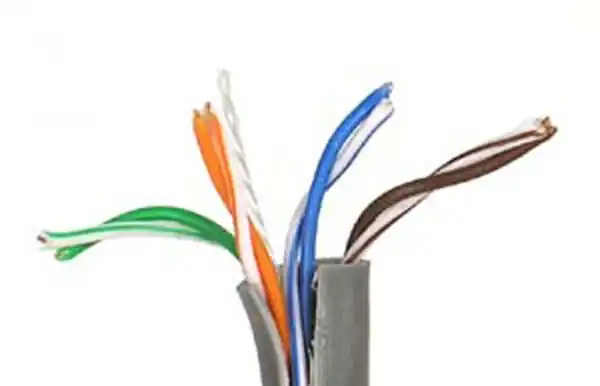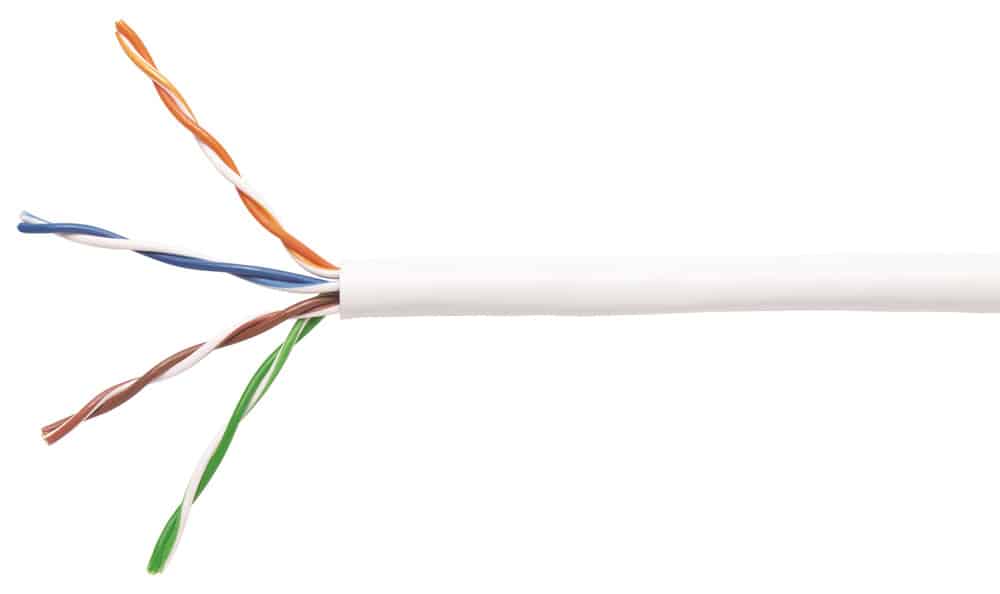In the realm of computer networking, the significance of foundational infrastructure cannot be overstated. Cat 3 cable, a cornerstone in the evolution of network cabling, has played a pivotal role in shaping early digital communication frameworks. This article delves deep into the essence of Category 3 cabling, exploring its specifications, applications, and ongoing relevance in an era dominated by more advanced technologies.
Table of Contents:
- What is Cat 3 Cable?
- Historical Context and Evolution
- Technical Specifications of Category 3 Cable
- Applications in Modern Networking
- Comparing Category 3 with Higher Category Cables
- Upgrading from Cat 3: Considerations and Best Practices
- The Future of Category 3 Cable in Networking
- References

1. What is Cat 3 Cable?
Category 3 Cabling, commonly abbreviated as Cat3 cable, represents an early generation of unshielded twisted-pair (UTP) cabling. Designed to support digital voice and data communication, it supported speeds up to 10 Mbps, a benchmark in the early days of networking. Characterized by its 24-gauge copper wires arranged in four twisted pairs, Cat 3 is enveloped in a protective insulating sheath, safeguarding it from external interference to an extent.
Category 3 cable is the lowest grade of UTP cabling that can support standard 10BaseT types of Ethernet networks and was often used for legacy 4-Mbps Token Ring installations.

Category 3 cabling still has an installed base in older buildings where it is often cheaper to use the existing cabling than to upgrade to newer grades.
2. Historical Context and Evolution
The inception of Cat3 cabling traces back to a time when networking demands were considerably modest compared to today’s standards. Originally standardized for telephone wiring, Cat3 gained prominence in the 1990s as the backbone for early Ethernet networks and 4-Mbps Token Ring installations. It marked a transition from voice-only communication systems to those capable of supporting rudimentary data networks. This evolution set the stage for subsequent advancements in cabling technologies.
3. Technical Specifications of Category 3 Cable
At its core, Category 3 Cabling is defined by a set of electrical characteristics crucial for its performance in data transmission. The cable typically utilizes 24-gauge copper wires configured in four twisted pairs. This design minimizes electromagnetic interference and maintains signal integrity over distances. Key specifications include:
- Attenuation: Measuring signal loss, Cat3 experiences an attenuation of 27 decibels per 1000 feet at 10 MHz, increasing to 36 decibels at 16 MHz.
- Near-End Crosstalk (NEXT): A critical measure of signal interference between adjacent wires, with a value of 26 decibels at 10 MHz, decreasing to 23 decibels at 16 MHz.
- Resistance: Consistently 28.6 ohms per 1000 feet, indicative of the cabling’s ability to resist electrical current.
- Impedance: Stands at 100 ohms (± 15%), essential for matching with network devices to prevent signal reflections.
- Capacitance: Measures at 18 picofarads per foot, impacting the cable’s ability to store electrical charge.
The following table summarizes the electrical characteristics of cat 3 cable at different frequencies, which correspond to different data transmission speeds. Note that attenuation increases with frequency, while near-end crosstalk (NEXT) decreases.
| Characteristic | Value at 10 MHz | Value at 16 MHz |
| Attenuation | 27 decibels/1000 feet | 36 decibels/1000 feet |
| NEXT | 26 decibels/1000 feet | 23 decibels/1000 feet |
| Resistance | 28.6 ohms/1000 feet | 28.6 ohms/1000 feet |
| Impedance | 100 ohms (± 15%) | 100 ohms (± 15%) |
| Capacitance | 18 pF/feet | 18 pF/feet |
Source: ANSI-TIA-EIA 568-B – Commercial Building Telecommunications Cabling Standard
4. Applications in Modern Networking
While Category 3 cabling has been largely superseded by higher categories offering greater bandwidth and speed, it still finds use in certain scenarios. Its presence is notably seen in older buildings where existing infrastructure leverages Cat3 for basic networking needs. Additionally, Cat3 cables are sometimes employed for telephone systems and entry-level data networks where high speeds are not a priority. Its cost-effectiveness and widespread availability during its prime time have led to a significant installed base that persists in certain legacy systems.
5. Comparing Category 3 with Higher Category Cables
In comparison with its successors like Category 5, 5e, 6, and beyond, Cat3 lags significantly in terms of data transmission speed and bandwidth. For instance, while Cat3 supports speeds up to 10 Mbps, Cat5 and Cat5e can handle up to 100 Mbps and 1 Gbps respectively. Cat6 further extends this capability up to 10 Gbps under certain conditions. The evolution in cabling technology has also brought improvements in terms of reduced crosstalk, enhanced signal integrity, and greater resistance to external interferences. These advancements make higher category cables more suitable for modern high-speed networks and demanding applications.
6. Upgrading From Cat 3 Cable: Considerations and Best Practices
The decision to upgrade from Category 3 cabling hinges on several factors, primarily network requirements and cost implications. As network demands escalate, particularly with the advent of high-bandwidth applications, Cat3’s limitations become more pronounced. Here are key considerations for upgrading:
- Assessing Network Needs: Determine the bandwidth and speed requirements of your current and anticipated network usage. Higher-grade cabling is essential for applications like video conferencing, large data transfers, and high-speed internet.
- Cost-Benefit Analysis: While upgrading incurs costs, it’s important to weigh these against the benefits of improved network performance, reduced maintenance, and future-proofing your infrastructure.
- Phased Implementation: For large installations, a phased approach can be practical. Start by upgrading backbone cabling or areas with the highest data traffic.
- Compatibility with Existing Infrastructure: Ensure that the new cabling is compatible with your existing network hardware or plan for necessary hardware upgrades.
Professional consultation is advisable to tailor the upgrade process to your specific circumstances, ensuring an optimal balance between performance enhancement and cost-efficiency.
7. The Future of Category 3 Cable in Networking
Despite being eclipsed by advanced cabling technologies, Cat3 still holds a niche in the networking world. Its relevance in legacy systems and specific low-bandwidth applications ensures its continued presence, albeit in a diminished capacity. The future of Cat 3 cable is likely to see a gradual phasing out in mainstream network installations, replaced by higher categories that can meet the burgeoning demands for speed and reliability in modern networks. However, its simplicity, cost-effectiveness, and sufficiency for certain applications mean that it will not disappear overnight.
8. References
- ANSI-TIA-EIA 568-B – Commercial Building Telecommunications Cabling Standard.
- Belden Category 3 Cable Products